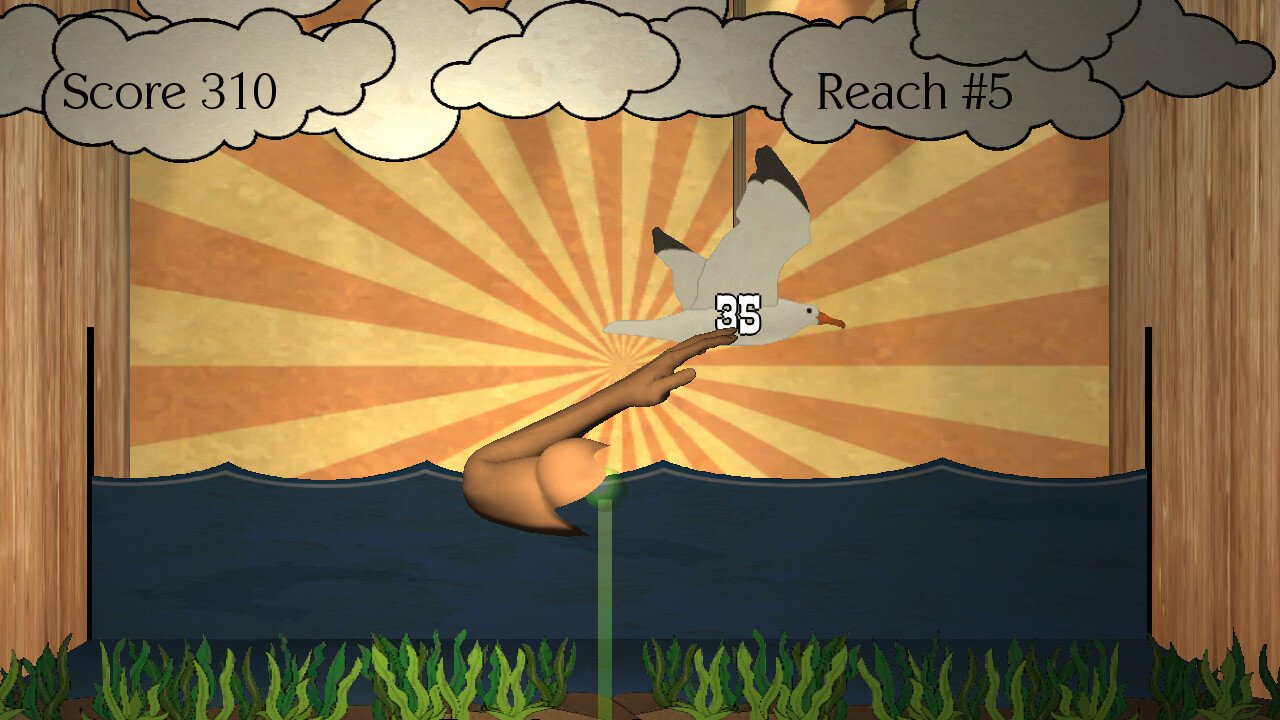Videogames are being used as tools for more than just having fun. PTSD treatment, training robots, and teaching kids are just a few of the reasons why people are developing specialised games. Now, Duck Duck Punch is the latest one being used to help stroke survivors regain the use of their arms.
The game was created by CEO Larry Hodge, professor at Clemson University’s school of computing, graduate student in the Computing College of Engineering and Science, Austen Heyes, and in collaboration with the Medical University of South Carolina. The idea originated from when the two were researching human centred applications in 2011.
Duck Duck Punch helps stroke survivors’ rehabilitation by moving their arm while using the Xbox Kinect. The game has an arm that players control to, well, punch ducks and it gets progressively harder as the game continues. The game also compensates for impaired movement because these survivors have upper arm impairments.
On average, patients used the game for 49 minutes a day, and experienced 15% improvement. Reaching and grasping abilities were both improved on from the exercise. Duck Duck Punch collects data from every game session that documents their progress.
Duck Duck Punch uses mirror therapy, which isn’t used often in stroke rehabilitation. Mirror therapy is used to move the afflicted limb while tricking the brain into thinking it isn’t feeling any pain. Mirror Therapy is believed to help stroke survivors, but tests have been small trials, therapist led, and only tested on people who had minor strokes.
This isn’t the only game that targets stroke survivors. Limbs Alive, founded by Professor Janet Eyre and Janice Pearse, Senior Occupational Therapist, along with Newcastle University, also focuses on arm and hand rehabilitation. Their game, Circus Challenge, requires players to use two hands to control circus performers’ actions by moving their arms and hands. The further the player gets, the more challenging the movements are.

There’s also the MusicGlove that’s paired with a Guitar Hero – like game. The player wears the glove and when the “notes” light up, the player has to touch their fingers to make the position. It also tracks the speed and strength to track progress.
The iTunes store has a number of iPad apps available as well.
The reason these games are becoming so popular is that they’re fun, and if available in the home, it is convenient. Having these games readily available in the house and costing less than repeatedly visiting the hospital or therapy is helping recovery rates. Not to mention that these games are also fun and motivational, which helps distract that they’re actually considered exercise, unlike traditional methods of kinetic therapy.
Even chronic stroke patients are significantly improving their motor skills. A motion capture device with infrared technology captures the movement of the player’s hands allowing them to steer planes into hoops of different sized circles and ovals. The better the player does, the harder it gets, and the more they want to play it.
With all the tests and methods done on the effects of videogames on stroke survivors, there should be more options to use them as therapy. Compared to the usual pamphlet of exercises to do at home, not only are videogames more fun, but they also help improve progress.
Maybe VR will become a more prominent part of stroke therapy with the use of the Oculus Touch.




